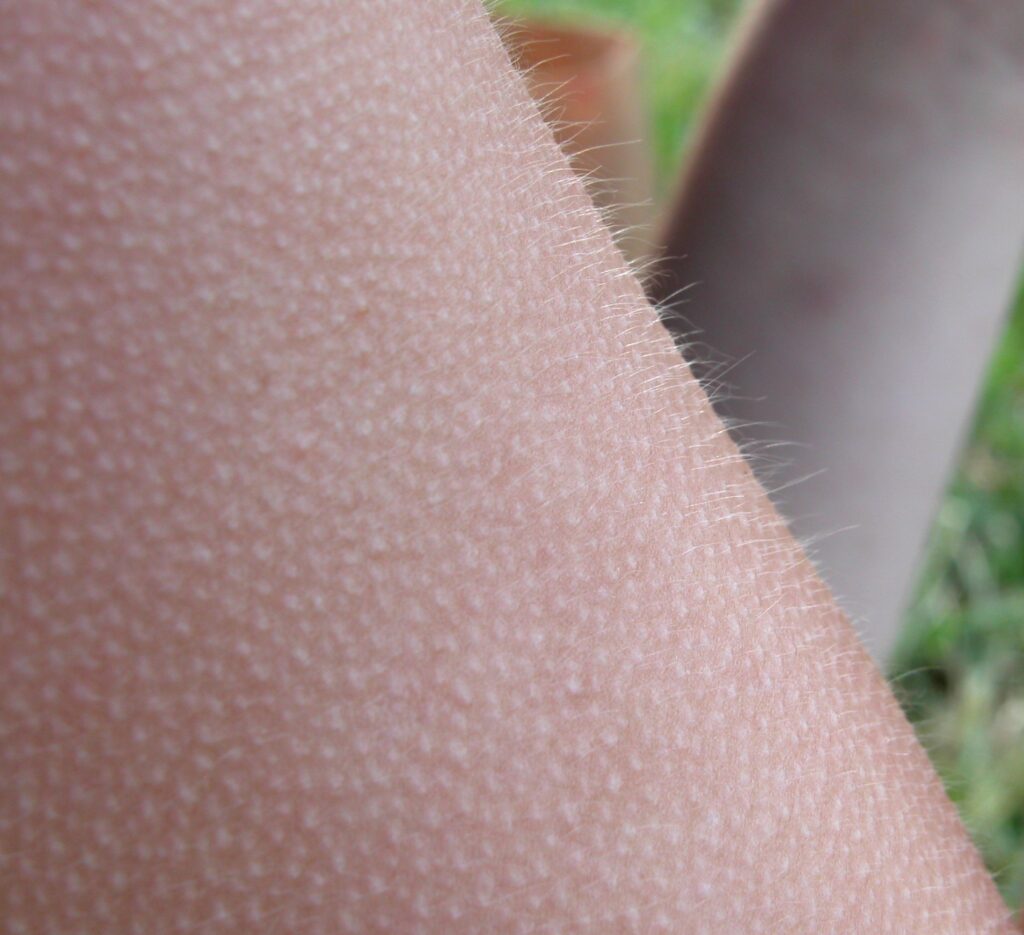A very common thing which you see when it is cold or you are in a heightened emotional state is “Goosebumps”. Its existence dates back to our hairier days when cold temperatures would signal our body to bristle our human-coats to keep us warm.
But the question is, why do we still get them? A team of researchers from Harvard University wanted to find out more about ‘piloerection’ and why it’s stuck around.
This group found that the muscles that contract when goosebumps appear are connected to the sympathetic nervous system.
The research team used electron microscopy to examine the skin, focusing on the sympathetic nerve.
They found that the nerve also connect to the stem cells of the hair follicle – so when it does its cold contraction, the stem cells are pushing into gear to grow new hair.
So, that means goosebumps act to not only spring into action the hair that we do have to keep us warm but tell our body to grow more hair, to keep us even warmer.
So, basically in the short term, the nerve causes the hair to stand up whereas in the long term it promotes hair growth.
“The skin is a fascinating system,” says biologist Ya-Chieh Hsu from Harvard University. “It has multiple stem cells surrounded by diverse cell types, and is located at the interface between our body and the outside world. Therefore, its stem cells could potentially respond to a diverse array of stimuli – from the niche, the whole body, or even the outside environment.
“In this study, we identify an interesting dual-component niche that not only regulates the stem cells under steady state, but also modulates stem cell behaviours according to temperature changes outside.” the researchers added.
Another interesting finding of the research is that the muscle is indeed an important link between the neurons and follicle stem cells. On removing the muscle the connection was lost. It has been found that the growth of muscle is indeed triggered by the follicle itself.

The developing hair follicle secretes a protein which triggers the smooth muscle development which then attracts the sympathetic nerve.
This hasn’t been studied on humans yet but the researchers expect the same mechanism going on under our skin also due to the biological similarities between mice and other mammals in this area.
The research has been published in Cell.

